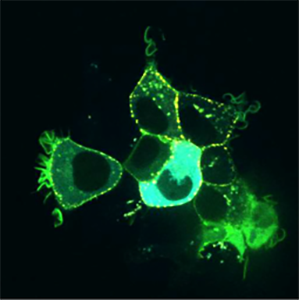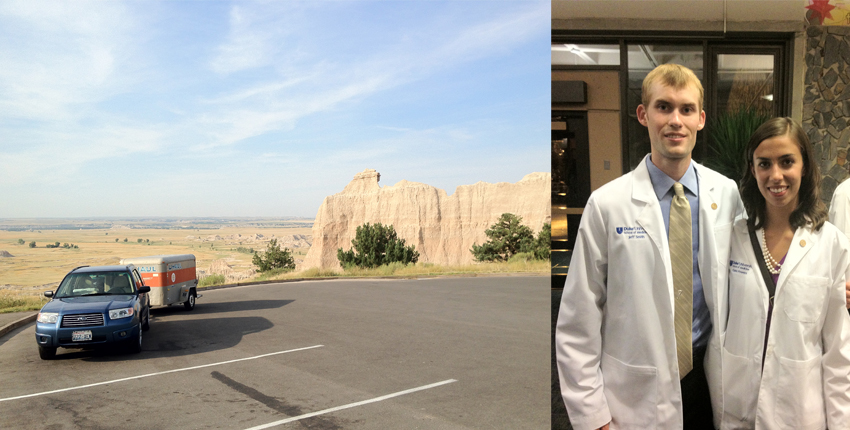
Jeff Smith knows how to take calculated risks.
He played semiprofessional poker in college, landing a seat at the World Series of Poker at age 21. The game taught him to keep cool under pressure and to make smart bets when the stakes are high.
Now Smith applies those skills as a physician-scientist at Harvard Medical School.
“A lot of science is knowing what to pursue, when to take the big shots, and when to fold your project,” he said.
Smith loves to tackle experiments that are far from guaranteed to work but that offer big rewards if they do — in the form of deeper insights for biologists and better treatments for patients with hard-to-manage autoimmune conditions that affect the skin.
“Taking those calculated risks is important, and you should be excited to take them in science,” he said. “You may have a low probability of success, but if you hit, it really makes an impact.”
Getting under the skin
As part of the Harvard Dermatology Residency Training Program, Smith sees patients at several HMS-affiliated hospitals. As part of a physician-scientist research track supported by the hospitals and the National Institutes of Health, he conducts research in the lab of Andrew Kruse, professor of biological chemistry and molecular pharmacology in the Blavatnik Institute at HMS.
Practicing dermatology has given Smith a deep understanding of the difficulties doctors and patients face when it comes to certain diseases that manifest in the skin but can affect multiple organ systems. Many of these conditions have unclear causes and don’t yet have effective, narrowly targeted treatments.

Among these are the autoimmune disease lupus; systemic sclerosis, also known as scleroderma, a hardening of skin and connective tissue; and dermatomyositis, a rare inflammatory disease that causes rashes and muscle weakness. These diseases can seriously reduce people’s quality of life. Some forms can be deadly.
While certain therapies are available, “a lot of the medications we use are nonspecific, acting more broadly in the body than desired and therefore often causing side effects,” said Smith.
Because there aren’t treatments that can target whatever cells, molecules, or proteins drive systemic sclerosis, for example, many patients need to take drugs that suppress immune activity in general.
“We’re kind of taking a mallet to the immune system,” Smith said.
Developing targeted therapies for the diseases Smith specializes in could improve or save the lives of millions of people worldwide. He believes the best strategy for doing so is to reveal the illnesses’ deepest biological roots.
“Autoimmune skin diseases are really tough to treat effectively, especially if you don’t understand what’s causing them,” he said.
Looking for answers in the lab
Smith is placing a bet on G protein-coupled receptors, or GPCRs. The largest family of cell membrane receptors in the human body, GPCRs are involved in a startling array of bodily functions. An estimated one third of all FDA-approved drugs, including beta blockers and antihistamines, act on GPCRs.
GPCRs are masters at receiving and interpreting signals from the environment and instigating responses from cells. By binding to hormones and neurotransmitters, they influence our mood and behavior. By binding to molecules that enter our mouths and noses, they help us taste and smell. GPCRs are involved in inflammation, reproduction, autonomic nervous system activity, maintaining the body’s salt and water balances, and more.
“GPCRs are the crux of the human condition,” said Smith. “They’re our gatekeepers, helping our bodies respond in so many different contexts.”
Smith’s bet rides in part on determining whether patients with systemic sclerosis have autoantibodies — antibodies made by the immune system to attack proteins in a person’s body — that bind to particular GPCRs.
Science. Medicine. Humanity.
Harvard Medicine magazine delivered to your inbox





